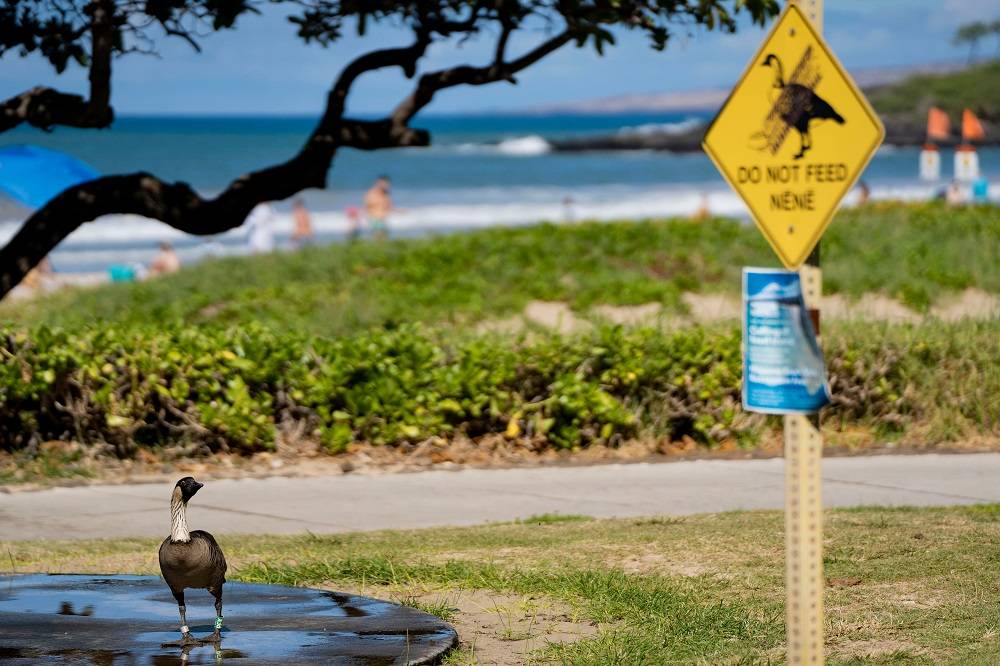In the Kinshasa Botanical Garden, a troupe of cardboard animals – monkeys, a gorilla, leopards, a giraffe – stand at attention in a clearing.
Their handlers, puppeteers dressed in black, begin to move slowly through the woods, eventually picking up speed and breaking out into a run.
These were the first steps of “The Herds,” a moving theater performance made up of cardboard puppet animals that flee from the Democratic Republic of Congo to the Arctic Circle in a bid to bring attention to the climate crisis.
This week, the puppet animals started their journey in Kinshasa, the capital of the DRC in central Africa, according to The Associated Press.
The story goes that the animals will be forced out of their natural habitats due to global warming and displaced north, stopping in cities along the way and being joined by more animals.
Just meters away a real-life example of climate change: Part of the botanical garden lay under floodwaters left over from massive flooding earlier this week that left half the city inaccessible and killed dozens. The sight brought “The Herds” story to life in a bleak way. The main event planned in the center of Kinshasa on Friday was canceled because of the heavy rain.
“The Herds” comes from the team that was behind “The Walk” in 2021, in which a 12-foot tall puppet of a refugee girl called Little Amal drew attention to the refugee crisis by traveling to 15 countries — from Türkiye to the UK, Ukraine, Mexico and the US.
Tshoper Kabambi, a Congolese filmmaker and producer, is working on “The Herds” as its DRC producer. He said “The Herds” main goal is to raise awareness.
“Nature is very important to us. But humans have a tendency to neglect nature,” he said. “We want to raise awareness among people about everything that is happening. You have seen the floods all over the world, global warming, deforestation.”
“The Herds” will stay in Kinshasa until Saturday before moving onto Lagos, Nigeria, and Dakar, Senegal.
“The Herds” organizers say the significance of starting in Congo lies in the fact that the country is home to the second biggest rainforest in the world. The Congo Basin serves as one of the planet’s “lungs,” the other being the Amazon Rainforest.
They say much less attention has been focused on Congo’s rainforest, but it is still in dire need of protection.
Congolese artists were an integral part of “The Herds” opening act, just as artists from other countries will be as the project moves north.
Amir Nizar Zuabi was on that team and is now the artistic director of “The Herds.” He was also a part of “The Walk.”
“I think one of the big impacts of this project is the fact that this project is happening in 20 different cities,” he said. “It will travel through different cultures, different places, and it accumulates. And it will tell the story of the Congo also in Norway, because we have partners everywhere.”










